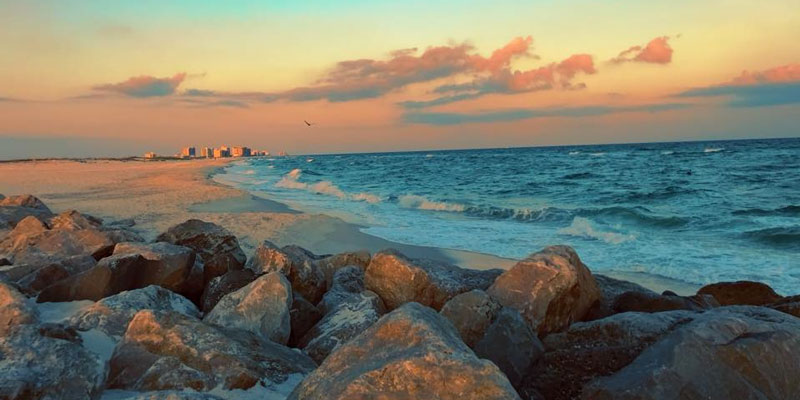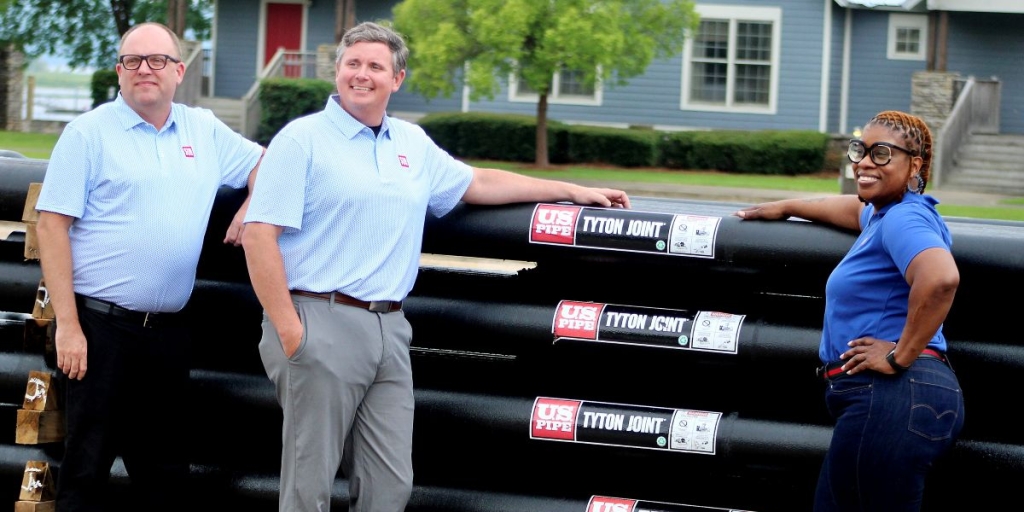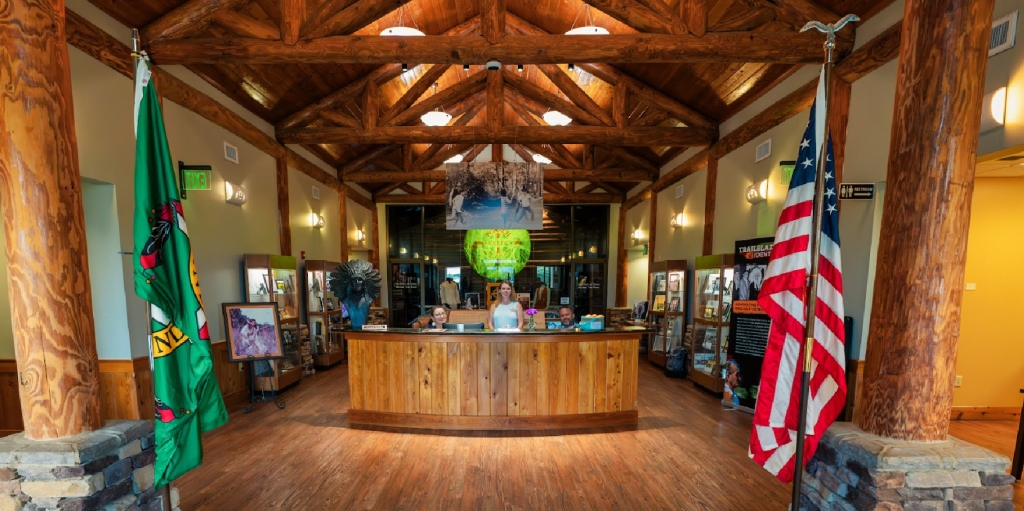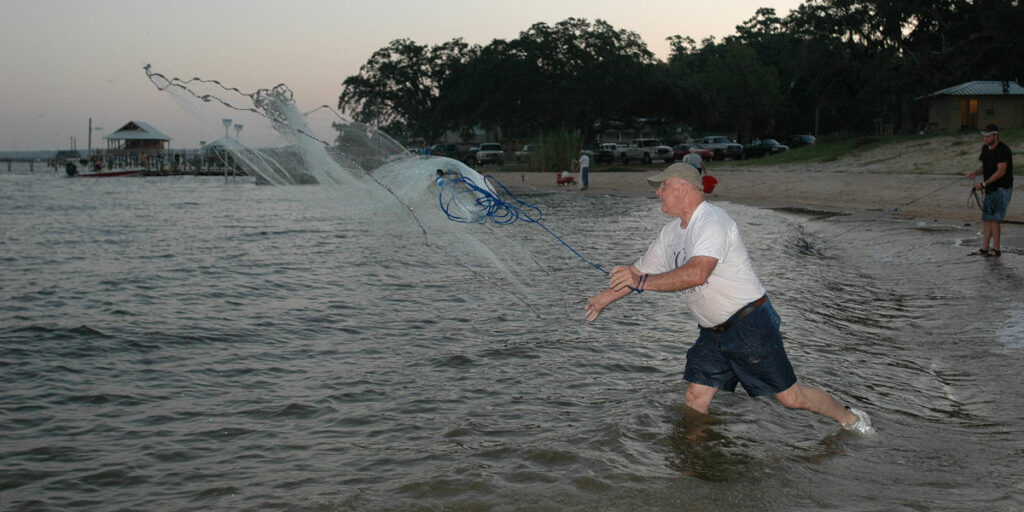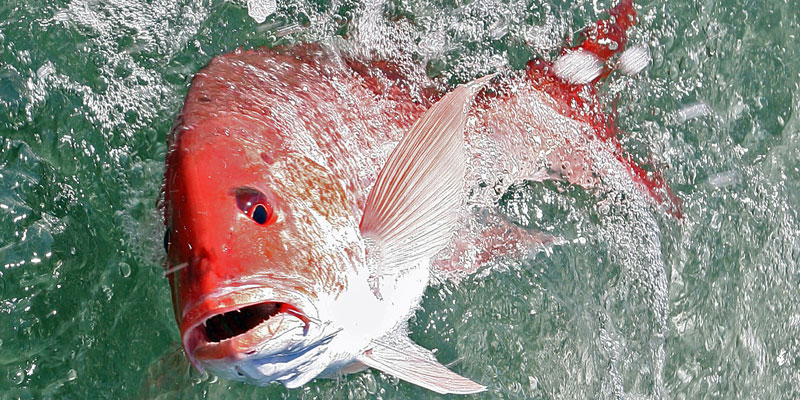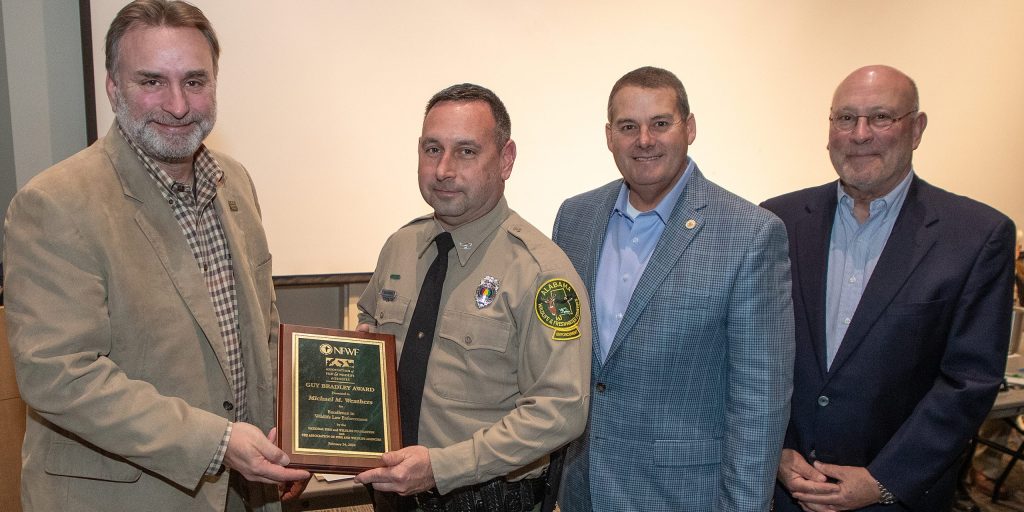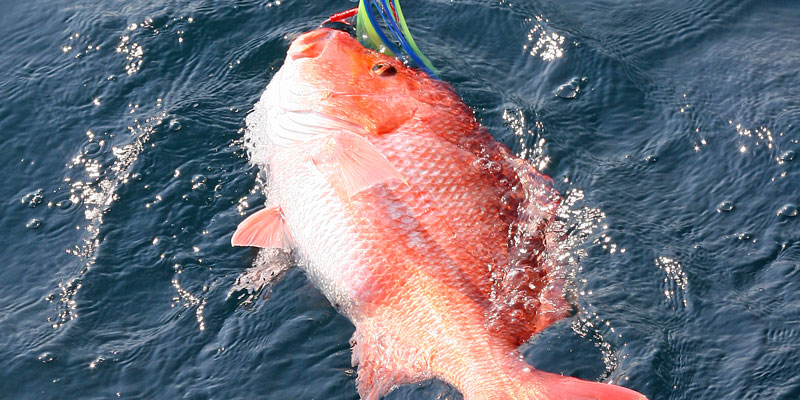The National Fish and Wildlife Foundation (NFWF) has approved five projects in Alabama which total more than $48 million, Gov. Kay Ivey announced Thursday.
The projects are a result of a collaborative effort between NFWF, the Alabama Department of Conservation and Natural Resources, and other agencies.
The projects are the final funding obligations from the Gulf Environmental Benefit Fund for projects in the state, bringing its total awards from the fund to more than $356 million.
Projects as follows:
- Dauphin Island East End Restoration — Phase II: $26,066,000
- Gulf Highlands Conservation Acquisition — Amendment: $8,200,000
- Lower Fish River Watershed Restoration — Phase II: $9,003,000
- Wolf and Sandy Creek Headwaters Restoration — Phase II: $2,788,000
- Alabama Coastal Adaptive Management: $1,000,000
The announcement completes a 10-year restoration funding effort undertaken by NFWF to support projects in Alabama following the 2010 Deepwater Horizon tragedy.
According to Ivey, the projects will serve to support the Yellowhammer State’s vast coastal ecosystem “for decades to come.”
“As we celebrate Alabama’s 2022 slate of NFWF projects and announce the final allocation of Alabama’s portion of the Gulf Environmental Benefit Funds, we recognize another landmark in Alabama’s recovery from the Deepwater Horizon Oil Spill disaster,” said Ivey. “The $356 million awarded to Alabama in criminal fines, managed by NFWF, funded some of the first Deepwater Horizon Restoration Projects implemented in Coastal Alabama.
“Together, these investments tell a story of significant accomplishments that will go a long way in protecting Alabama’s diverse, coastal ecosystem for decades to come,” she said. “Whether it be our investments into maintaining the coastal reefs that support our thriving red snapper fishery or our land conservation efforts to protect game and non-game species in places like the Perdido River Corridor, Fort Morgan Peninsula and the Grand Bay Savanna, there is no doubt Alabama has made the absolute most of these funds.”
“I thank the National Fish and Wildlife Foundation for their partnership and dedication to the restoration and protection of Alabama’s natural resources, and for their capable and dedicated management of the Gulf Environmental Benefit Fund.”
Even as the settlement funds are now complete, Ivey said the state would continue its restoration efforts in Coastal Alabama.
“While this marks the completion of our allocation of the NFWF portion of the BP Settlement, our work continues to restore Coastal Alabama. I would like to recognize Conservation Commissioner Chris Blankenship, DWH Restoration Coordinator Amy Hunter and the team at the Alabama Department of Conservation and Natural Resources for the work they continue to do for the citizens and natural resources of Coastal Alabama.”
NFWF’s investments in Coastal Alabama include:
- Nearly 9,000 acres of important habitats acquired, conserved, restored or enhanced
- Nearly 11 miles of vulnerable shoreline protected
- Improved water quality through three miles of stream restoration that will avoid 50-70 million pounds of sediment annually
- More than 250 acres of artificial reef habitat and thousands of artificial reefs installed to enhance fish productivity
- Sustainable fisheries management through comprehensive science and monitoring
- Increased capacity and habitat enhancements to bolster populations of coastal birds, marine mammals, and sea turtles
- Restoration of more than 800 acres of oyster reef habitat
Since its inception, the GEBF has supported 47 natural resource projects in Alabama and worked with 39 implementing partners.
Echoing Ivey’s assertion that the investments would bolster restoration efforts was NFWF Executive Director and CEO Jeff Trandahl.
“Today’s announcement represents the culmination of historic conservation investments in Alabama following the Deepwater Horizon tragedy,” said Trandahl. “Working closely with the Alabama Department of Conservation and Natural Resources, we have made strategic investments that support fish and wildlife and their habitats. These projects will continue to enhance the productivity and resilience of the Alabama coast for decades to come.”
Dylan Smith is the editor of Yellowhammer News. You can follow him on Twitter @DylanSmithAL




